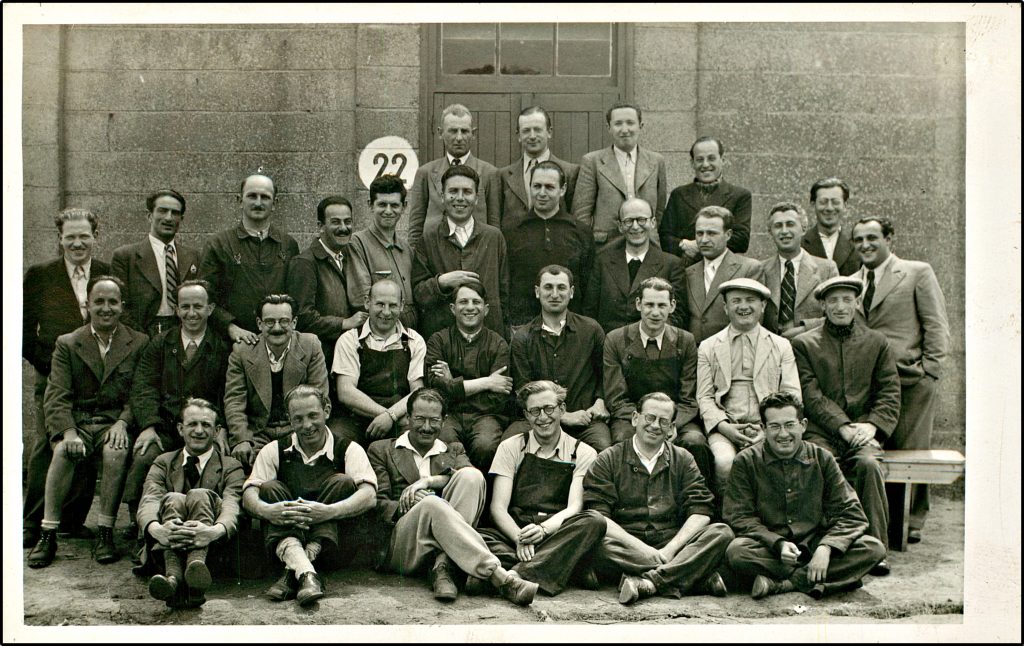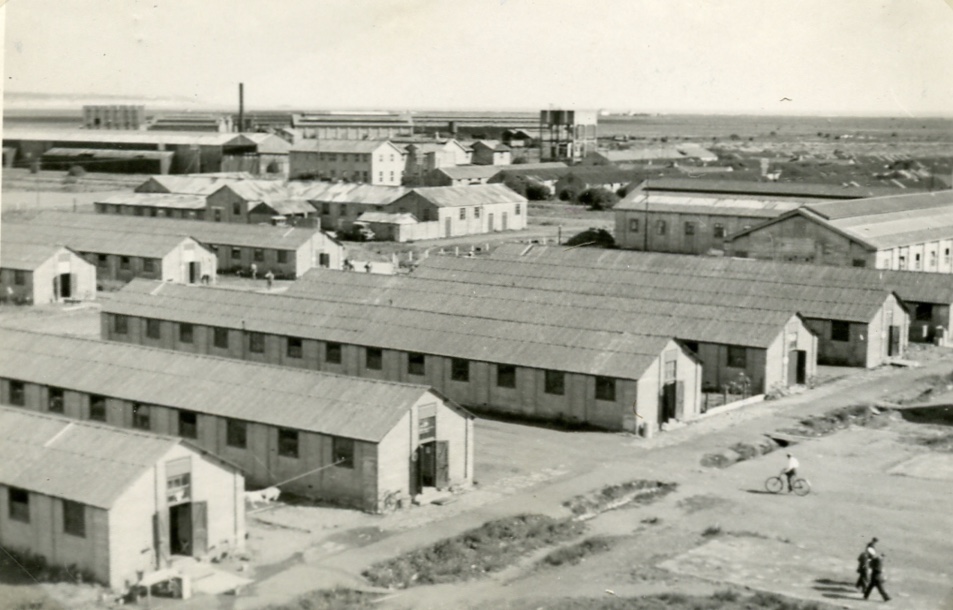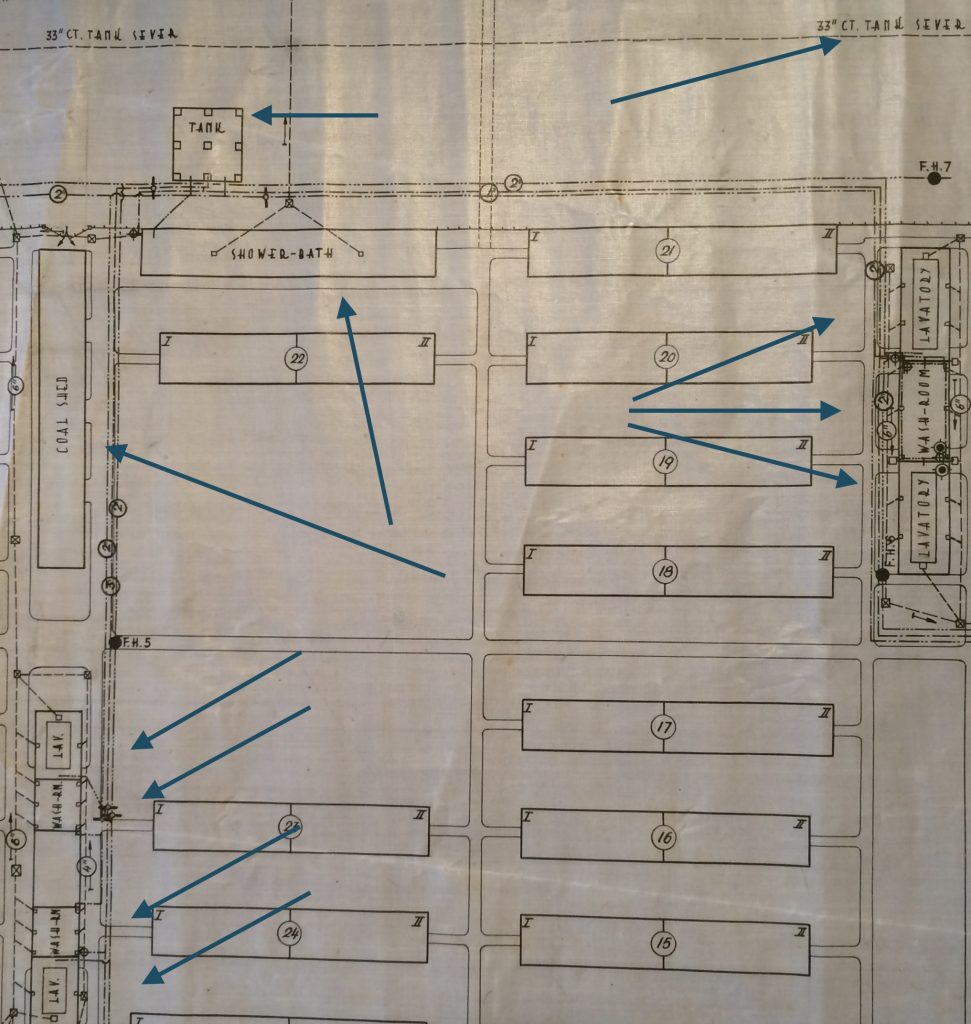For those of you who have read the data pages, you’ll know that we can see a certain amount of anonymised information about what’s going on ‘behind the scenes’ of the website, and we thought you might be interested in a quick glimpse.
It doesn’t really make any difference to anything to do with the project, but it’s interesting.
For the first bit of curtain twitching, then, the site has been accessed in 50 countries in the few months it has been running. The most frequent access has been from the UK, followed by the USA, Germany, Canada, Australia and then Israel.
We are almost at 2,000 unique users of the site (1,986 to be precise) – of which, 52.1% are women and 47.9% are men. In terms of age, 33.69% (the largest group) are over 65, and 21% are in the next age category down at 21.01%. The smallest category is the youngest, with 5.6% of 18 to 24 year olds.
I note that a majority use Chrome as a browser – and the next biggest category is Safari, which is what I use. The vast majority access the site on a desktop computer rather than on mobile, which is a relief to me, because I don’t think the site works well on mobile (a result of the limited budget – and my apologies for that!).
The most remarkable figure to me is the sheer number of pages that have been accessed by a relatively small number of people. Although we may be fascinated by all this, it is, after all, a rather niche area of interest, but those who do turn up certainly have a good look around, which is great to see.
In all, well over 21,000 views have been registered – so most people are a long way from reading the first page and then ‘bouncing’ straight out again to look at Facebook or their news site of choice – which again is rather nice to know.
Many thanks for all your support for the project – from reading suggestions, to films and articles, to new friendships both online and off – and for the many and varied, but always fascinating and genuinely compelling histories in the many email exchanges we have every day.
We’ve had a few more group photographs arrive with the project, and another group identifiable by their hut number – this one is Hut 22 (see image below).
So do keep checking the group photographs page, just in case you see someone you can put a name to.

Front right
Hut 22
For more information about the image below, please see ‘Kitchener camp’ under the Research heading in the menu: https://kitchenercamp.co.uk/research/kitchener-camp-2/
Towards the end of this month Avotaynu is very kindly publishing an article on the Kitchener project for us as part of the work to ‘get out the word’ and hopefully reach more Kitchener families.
The article was written by Ann Rolett (a Kitchener descendant in New York) and carefully edited by Lynne Parsons, who is a Kitchener descendant here in the UK – thus highlighting the truly international nature of this project.
Do keep on letting people know we’re here and encourage them to check their family records. Quite a lot of folk don’t know they have this connection – perhaps especially where the records are now held by the third generation. It is a consequence of our fathers and grandfathers not really wanting to discuss this period of their lives, which makes finding families something of a challenge.
Having said that, most weeks at least one family gets in touch – some just to say hello or to ask a few questions about how to find records, some to discuss things at length, and some to send in images of their very precious materials. All are welcome, and all add to our increasing breadth of knowledge about this extraordinary rescue at Kitchener camp in Sandwich in 1939.


